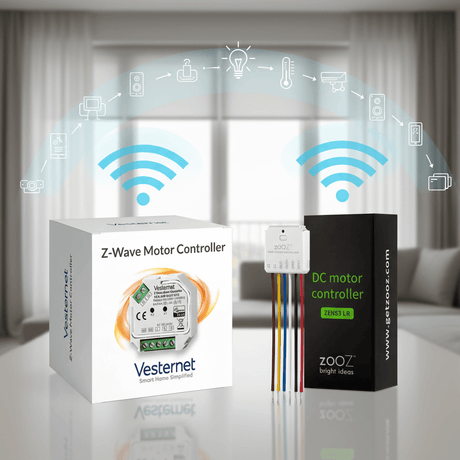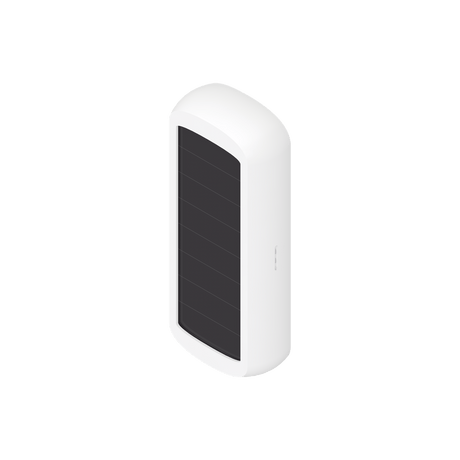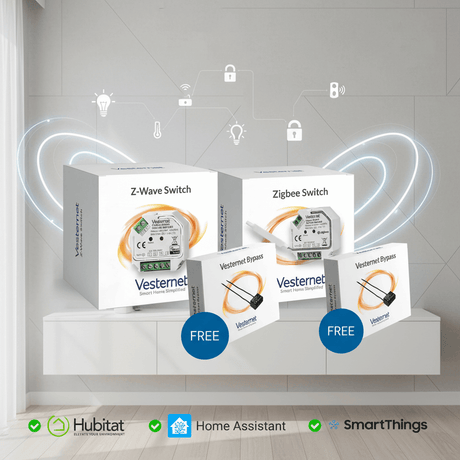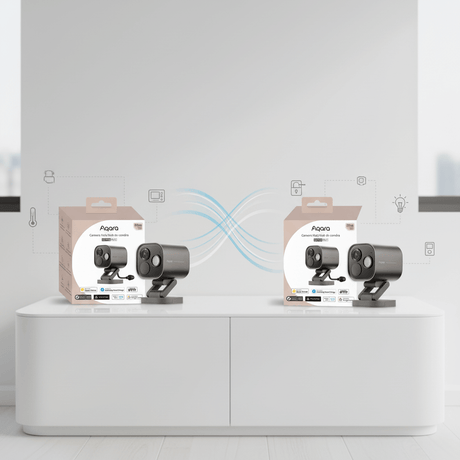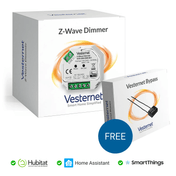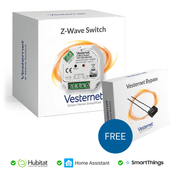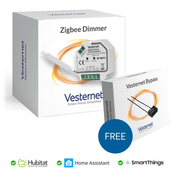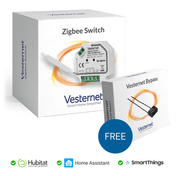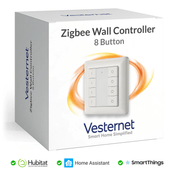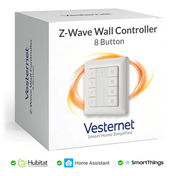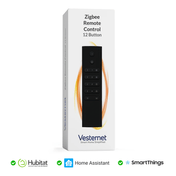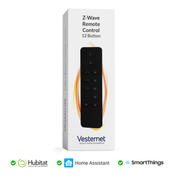Rising energy costs and environmental concerns make household power management a critical priority for UK homeowners, with the average household potentially saving £200-400 annually through strategic energy reduction measures. Modern electricity prices have made it essential to find effective ways to save electricity without compromising daily comfort or convenience.
Smart device integration and automated consumption monitoring offer practical pathways to significant electricity savings while maintaining comfort and convenience, creating sustainable long-term energy management systems. By implementing the right combination of monitoring technology and intelligent controls, any household can become an efficient electricity saver through data-driven decision making.
This comprehensive guide covers foundational energy principles, smart device implementation strategies, monitoring techniques, and advanced optimization methods to help you build an efficient, cost-effective home energy system. You'll discover proven methods to reduce electricity consumption while creating a more comfortable, automated living environment.
Understanding Your Home's Energy Consumption Patterns
Every household has unique energy consumption patterns that reflect daily routines, seasonal changes, and individual preferences. Understanding these patterns forms the foundation for any effective strategy to save electricity, as it reveals when and where your home uses the most power throughout the day and year.
Major household energy consumers:
- Heating and cooling systems (typically 40-60% of total consumption)
- Water heating and appliances (20-30% of electricity usage)
- Lighting and electronics (15-25% of daily power draw)
- Standby power consumption (5-10% of total electricity bills)

Peak usage periods typically occur during morning routines and evening activities, when multiple high-energy devices operate simultaneously. By identifying your household's specific consumption patterns, you can target the most impactful areas to reduce electricity consumption and maximise your savings potential.
Smart Monitoring: Real-Time Energy Tracking and Analysis
Comprehensive consumption monitoring provides the detailed insights necessary to become an effective electricity saver in your home. Smart energy monitors and individual device tracking reveal exactly where your electricity goes, enabling targeted reduction strategies based on actual usage data rather than guesswork.
Essential monitoring components:
- Whole-home energy monitors for overall consumption tracking
- Smart plugs with individual appliance monitoring capabilities
- Smart meters providing real-time usage and cost information
- Mobile apps for detailed analysis and historical comparisons

Real-time monitoring transforms energy management from reactive bill-paying to proactive consumption control. When you can see immediate feedback on how different activities affect your electricity usage, you naturally develop more efficient habits that help save electricity throughout your daily routine.
Intelligent Heating Management for Maximum Efficiency
Heating represents the largest opportunity to reduce electricity consumption in most UK homes, particularly during the colder months when systems can account for over half of total energy usage. Smart thermostats and intelligent controls provide precise temperature management that maintains comfort whilst significantly reducing heating costs.
Smart heating efficiency strategies:
- Room-by-room temperature control using smart radiator valves
- Automated scheduling based on occupancy and daily routines
- Learning algorithms that adapt to your preferences and habits
- Remote control capabilities for managing heating whilst away
Advanced heating management systems can reduce heating electricity consumption by 15-25% through intelligent scheduling and zone control. By heating only occupied rooms to optimal temperatures at specific times, these systems function as highly effective electricity savers whilst improving overall comfort levels.
Smart Lighting Solutions: Efficiency Through Automation
Lighting automation offers one of the most straightforward approaches to save electricity whilst enhancing daily convenience and home security. Smart dimmers, motion sensors, and automated schedules ensure lights operate only when needed, at appropriate brightness levels for specific activities and times of day.
Automated lighting efficiency features:
- Motion detection for automatic on/off control in frequently used areas
- Daylight sensors that adjust artificial lighting based on natural light levels
- Programmable scenes for different activities and optimal energy usage
- Remote monitoring to ensure lights aren't left on unnecessarily
LED smart bulbs combined with intelligent controls can reduce lighting electricity consumption by 60-80% compared to traditional incandescent systems. The combination of efficient LED technology with automated control creates a powerful electricity saver that operates seamlessly in the background of daily life.
Appliance Optimization with Smart Plug Technology
Smart plugs transform ordinary appliances into monitored, controllable devices that contribute to household efforts to reduce electricity consumption. These affordable devices eliminate standby power waste and enable scheduling strategies that shift high-energy activities to off-peak periods when electricity rates are lower.
Smart plug optimization techniques:
- Automated standby power elimination for electronics and appliances
- Load scheduling for washing machines, dishwashers, and other high-consumption devices
- Individual appliance monitoring to identify inefficient or faulty equipment
- Remote control capabilities for managing appliances whilst away from home
Standby power consumption, often called "phantom load," can account for 5-10% of household electricity usage. Smart plugs act as effective electricity savers by completely cutting power to devices when not in use, whilst providing convenient scheduling options for essential appliances.
Daily Power Reduction Strategies and Behavioral Changes
Sustainable daily habits complement smart technology to maximise opportunities to save electricity throughout regular household routines. Simple behavioral adjustments, when supported by automated systems, create lasting consumption reductions that become second nature over time.
Effective daily power reduction practices:
- Strategic timing of high-energy activities during off-peak rate periods
- Temperature management routines that reduce heating and cooling demands
- Appliance efficiency habits such as full loads for washing machines and dishwashers
- Electronics management to minimise unnecessary device operation
The most successful households combine technology-driven automation with conscious daily choices to reduce electricity consumption. When smart devices handle routine efficiency tasks automatically, family members can focus on strategic decisions about when and how to use high-energy appliances and systems.
Advanced Energy Management and System Integration
Comprehensive home automation creates synergies between different smart devices, enabling whole-house strategies to save electricity through coordinated system responses. Integrated platforms can automatically adjust multiple systems based on occupancy, time of day, electricity pricing, and weather conditions.
System integration benefits:
- Coordinated responses between heating, lighting, and appliance systems
- Automated load balancing to prevent simultaneous high-consumption activities
- Weather-responsive adjustments for heating, cooling, and lighting systems
- Integration with time-of-use electricity pricing for optimal cost management

Advanced automation platforms function as sophisticated electricity savers by making intelligent decisions about energy usage across multiple systems simultaneously. This coordinated approach can achieve 20-30% greater efficiency improvements than individual device optimization alone.
Long-Term Planning and Continuous Optimization
Sustainable energy management requires ongoing attention to changing household needs, evolving technology options, and shifting electricity pricing structures. Regular system evaluation ensures your smart home continues to deliver optimal performance as an electricity saver whilst adapting to new opportunities for efficiency improvements.
Long-term optimization strategies:
- Annual energy audits to identify new efficiency opportunities
- Technology upgrades as more efficient devices become available
- System expansion to cover additional household areas and appliances
- Performance tracking to maintain and improve consumption reduction results

The most effective approaches to reduce electricity consumption evolve with changing household needs and technological advances. Regular monitoring and strategic upgrades ensure your smart home systems continue delivering maximum efficiency benefits whilst maintaining the comfort and convenience that make energy-saving sustainable long-term.
Conclusion
Effective household power management combines smart technology with strategic behavioral changes, potentially reducing electricity consumption by 15-30% whilst maintaining comfort and convenience through automated monitoring and intelligent device control. The key to success lies in implementing monitoring first, then gradually adding smart controls that target your household's specific consumption patterns and inefficiencies.
Start with energy monitoring to understand your consumption patterns, then gradually implement smart heating, lighting, and appliance controls to build a comprehensive energy management system tailored to your household's specific needs and usage patterns. This systematic approach ensures each investment delivers measurable results as part of an integrated strategy to save electricity.
Ready to explore smart energy solutions for your home? Browse our comprehensive range of energy monitoring devices, smart thermostats, intelligent lighting controls, and automated plug switches to begin your journey toward efficient household power management. Our expert team is available to help you select the ideal combination of devices for your specific energy-saving goals and smart home setup.



